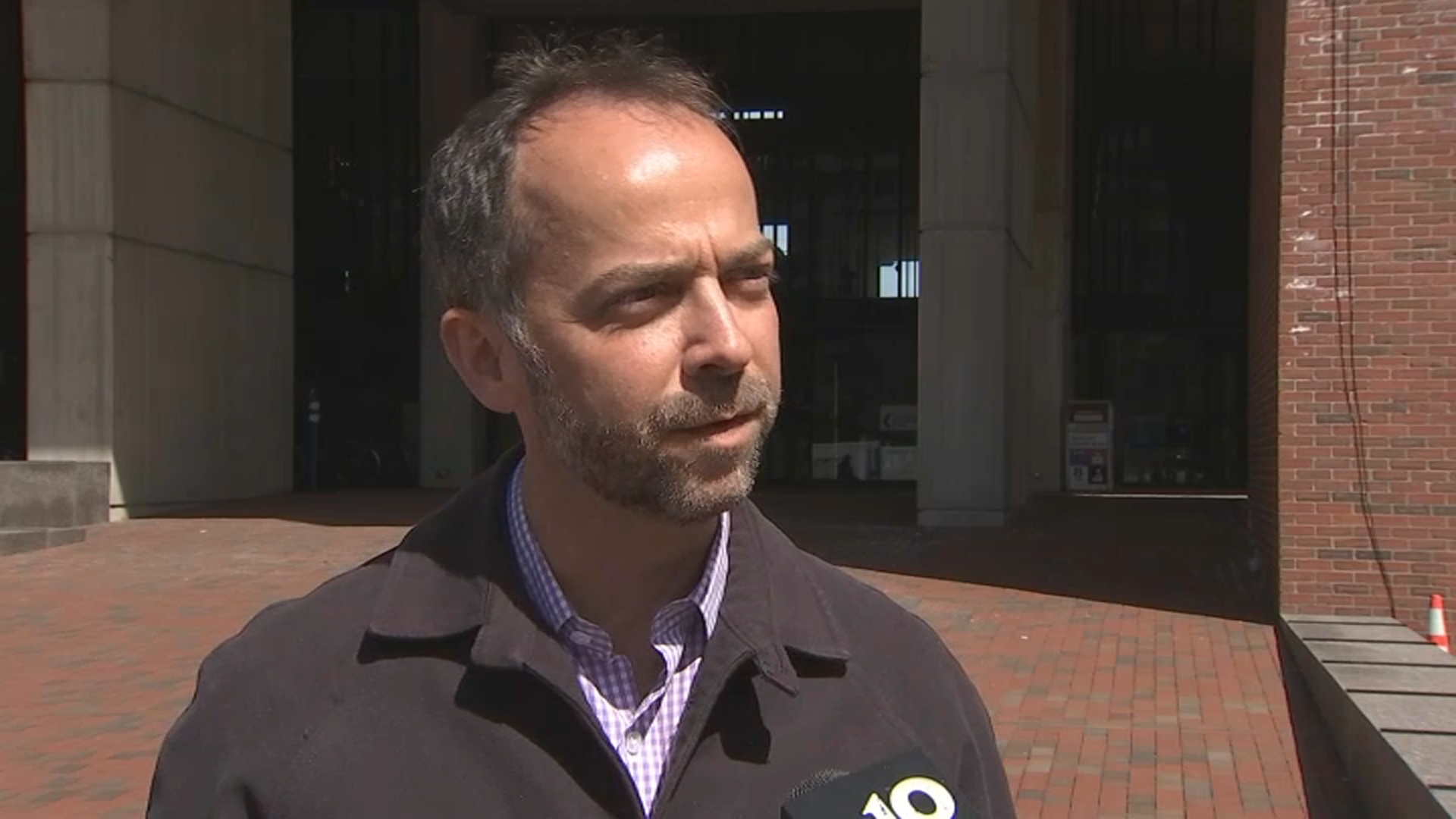
It’s been 12 days since the Artemis I mission took flight. Orion, the spacecraft launched by Artemis, is more than 267,000 miles from the Earth, and roughly 44,000 miles from the moon. The spacecraft is cruising at a velocity of 1,705 miles per hour.
At 8:40 a.m. ET on Saturday, Orion broke the record for the farthest distance traveled from earth of a human-related spacecraft. The record was previously held by Apollo 13 at 248,655 statute miles from Earth. Apollo carried the first people to the moon over 50 years ago.
Orion is slated to reach a maximum distance from Earth of 268,552 miles. It’s expected to achieve that goal sometime Monday.
As of Monday afternoon around 1 p.m. ET, the spacecraft is “in an expected period of no signal. As with all space communications, we (NASA) need a line of sight to transmit and receive signals, and right now the Moon is between Orion and Deep Space Network tracking stations.”
Get Boston local news, weather forecasts, lifestyle and entertainment stories to your inbox. Sign up for NBC Boston’s newsletters.
Be prepared for your day and week ahead. Sign up for our weather newsletter.
The spacecraft is now in a "distant retrograding orbit," or DRO.
According to NASA, DRO is a stress test, of sorts. DRO provides a highly stable orbit where little fuel is required to stay for an extended trip in deep space to put Orion’s systems to the test in an environment far from Earth.
Local
In-depth news coverage of the Greater Boston Area.
Artemis Mission Manager Mike Sarafin said, "without crew aboard the first mission, DRO allows Orion to spend more time in deep space for a rigorous mission to ensure spacecraft systems, like guidance, navigation, communication, power, thermal control and others are ready to keep astronauts safe on future crewed missions."
The orbit is "distant" in the sense that it’s at a high altitude from the surface of the Moon, and it’s “retrograde” because Orion will travel around the Moon opposite the direction the Moon travels around Earth.
While in DRO, Orion must perform half or one and a half revolutions in the orbit period of 40,000 miles, at its farthest point beyond the Moon.
After its DRO departure, Orion will start its return to Earth. Splashdown is set for December 11 in the Pacific Ocean off the coast of San Diego, bringing about its final test. This stress test will determine how well the heat shield holds up. It’s anticipated the capsule will encounter temperatures of 5,000° Fahrenheit upon reentry into the atmosphere.
Artemis 1 is currently an uncrewed mission to test the spacecraft’s ability to carry humans to the Moon on future missions. Those are planned to begin with Artemis II in 2024 or 2025.



